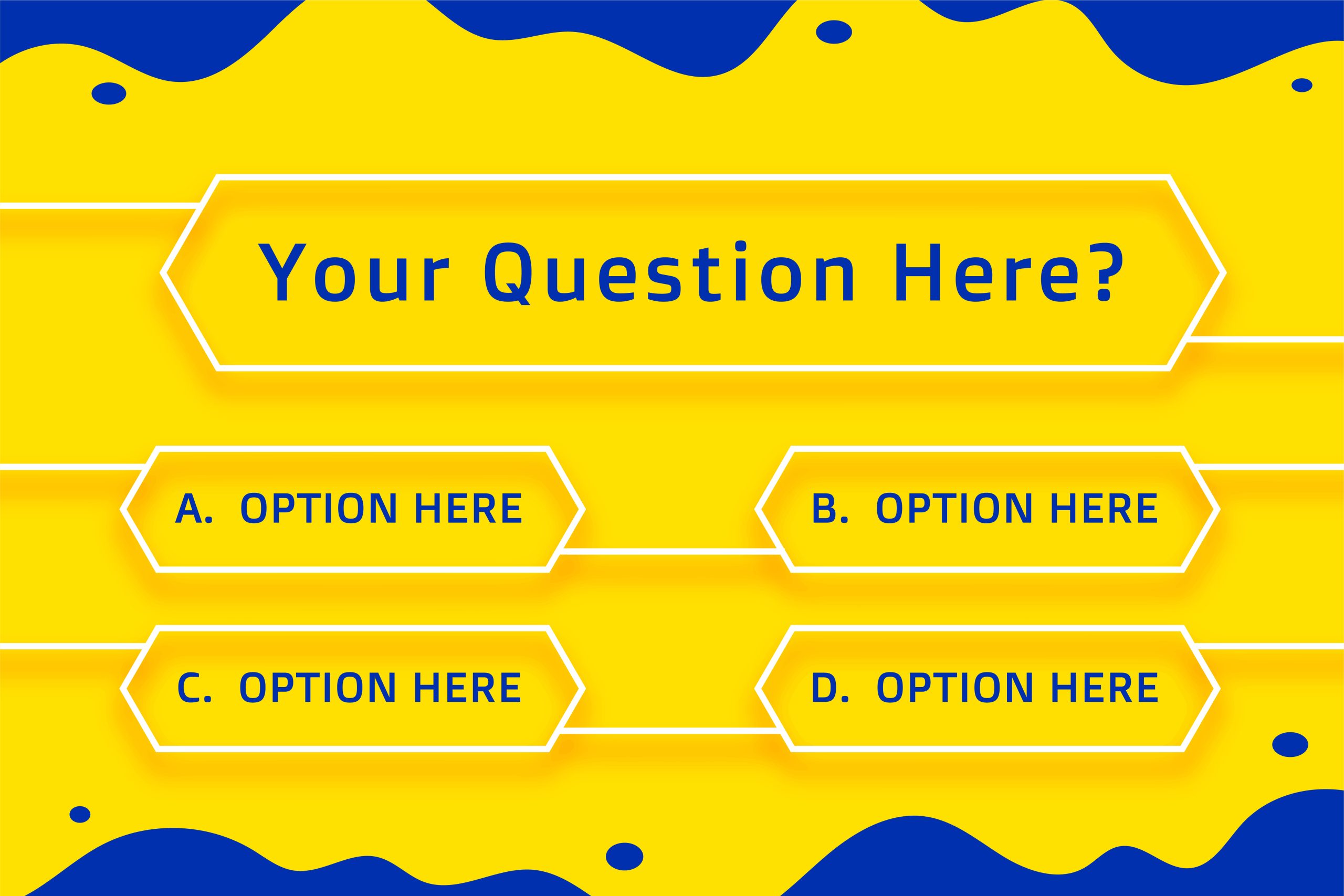How to create a sales incentive plan : A practical guide

In the realm of sales, a well-crafted incentive program is the secret sauce for success. This guide takes a practical approach to building a powerful sales incentive program that elevates performance and drives results. From defining objectives to strategic timing, let’s explore the practical intricacies of each crucial aspect.
1. Objectives
Reducing Attrition Rates: Foster a positive work environment by regularly acknowledging achievements and providing constructive feedback. Recognition programs and non-monetary incentives can significantly impact employee retention.
Motivating Top Performers: Set clear Key Performance Indicators (KPIs) and promptly recognize and reward high achievers. A well-defined incentive structure creates a sense of accomplishment and motivates others to excel.
Extending Motivation Beyond Money: Integrate gamification into daily workflows to keep the motivation alive. Simple and creative games can add an element of fun and challenge, driving continuous improvement.
2. ROI and Goal Setting
Forecasting Business Contributions: Predictive analytics identifies high-performing individuals and channels. Allocate resources strategically to areas that promise optimal returns.
Understanding the 80/20 Rule: Basic analytics can reveal the minority of salespeople driving the majority of business. Tailor support and incentives to maintain and nurture these high-performing teams.
Real-Time Tracking with Analytics Tools: Implement user-friendly analytics tools for real-time insights into ROI and margin-sharing dynamics. Accessible dashboards empower decision-makers with timely and actionable information.
3. Market Research
In-Depth Competitor Analysis: Dive into comprehensive industry studies to gather insights into competitors’ incentive programs. Analyze their strategies, success stories, and areas for improvement. Learning from their experiences positions your incentive program strategically.
Industry Trends and Insights: Stay ahead by delving into current industry trends. Leverage market research reports and studies to identify emerging patterns in incentive programs within your sector. Being attuned to these trends allows you to adapt and innovate your strategies accordingly.
Expert Consultation for Strategic Alignment: Connect with market research and consulting industry experts to gain a deeper understanding of the market landscape. Industry professionals possess valuable insights and can provide tailored advice, ensuring your incentive program aligns strategically with prevailing market conditions.
4. Understanding the Supply Chain
Simplified Incentive Distribution: Keep incentive distribution straightforward and transparent. Ensure all stakeholders understand how incentives flow through the supply chain.
Real-Time Product Movement Tracking: Utilize basic inventory tracking systems for timely updates on product movements. Anticipate demand and ensure the availability of incentivized products.
Automation for Accuracy: Automate incentive distribution based on predefined conditions. This reduces administrative burden and guarantees accurate and timely delivery of incentives.
5.1 Auto Dealerships
Incentive Integration:
Manufacturing Unit: (Sub-assembly stations, quality control, and final assembly lines)
Incentivize line workers for meeting daily production targets.
Quality control staff receive bonuses for maintaining high inspection standards.
Distribution Center : (Centralized facility managing the storage, packaging, and transportation of vehicles)
Implement bonuses for efficient transportation and reduced delivery times.
Reward staff for accurate inventory management to minimize stockouts.
Auto Dealership: (Showroom floor for displaying vehicles, service center for maintenance)
Sales staff receive commission-based incentives for each vehicle sold.
Service center staff get bonuses for exceeding customer satisfaction benchmarks.
Retailer Network: (Mechanics, carpenters, and social media influencers influencing buyer decisions)
Mechanics earn incentives for recommending the dealership’s service center.
Social media influencers receive commissions for each sale influenced.
Here’s an example of the KPIs to measure and the incentive structure –
Audience | KPIs to Measure | Percentage of Rewards |
Distributors | Primary and secondary sales billing | Rewards based on product margins |
Distributors | Number of retailers onboarded | Additional bonuses for retailer acquisition |
Dealerships | Extended warranties incentives | 2-5% of gross value |
Car Workshops | PPF Films incentives | 5% of gross value |
5.2 Oil Lubricants
Incentive Integration:
Production Facility: (Mixing and blending stations, quality control, and packaging lines)
Incentivize production teams to reduce waste and improve efficiency.
Distribution Network: (Warehousing and logistics centers strategically placed for efficient distribution)
Bonuses for timely and accurate distribution to retailers.
Incentivize logistics staff for optimizing routes and minimizing costs.
Retailer Network: (Auto parts stores, service centers, and retailers selling oil lubricants)
Offer volume-based incentives for retailers selling higher quantities.
Provide bonuses for retailers promoting specific lubricant products.
Here’s an example of the KPIs to measure and the incentive structure –
Audience | KPIs to Measure | Percentage of Rewards |
Retailers | Total units sold (e.g., liters of oil lubricant) | 2-5% of gross sales value |
Mechanics | Total units sold | 2-5% of gross sales value |
5.3 Retail Apparel
Incentive Integration:
Design and Production Center: (Design studios, cutting rooms, production lines, and quality assurance)
Incentivize designers for creating trendsetting and popular designs.
Reward production teams for meeting tight deadlines without compromising quality.
Distribution Centers: (Warehousing and logistics centers managing apparel inventory)
Implement incentives for efficient distribution to retailers.
Offer bonuses for minimizing product damage during handling and transport.
Showrooms/ Multi brand retailers: (Retailers receiving and showcasing the primary sales items)
Sales staff receive commission-based incentives for primary sales.
Bonuses for retailers who successfully showcase and promote specific apparel lines.
Retailer Network: (Boutiques, department stores, and online retailers selling secondary items)
Provide bonuses for retailers who successfully upsell secondary items.
Offer training incentives to enhance product understanding and customer engagement.
Here’s an example of the KPIs to measure and the incentive structure –
Audience | Key Performance Indicators (KPIs) | Ways to Incentivize |
Zonal Manager (ZM) | ASM Performance Score, Total Secondary Sales, Inventory Management | Introduce tiered incentives for ZMs based on ASM performance and sales achievements. |
Area Sales Manager (ASM) | Sales Executive Performance, Retail Store Metrics, Sales Volumes | Offer performance-based bonuses for ASMs tied to their team’s achievements. |
Sales Executive | Total Sales (Primary and Secondary), Product Knowledge | Provide commission-based incentives linked to total sales and gamified product quizzes. |
Distributor | Primary and Secondary Sales | Offer credit notes for achieving quarterly primary sales targets. |
Retailer | Secondary and Tertiary Sales | Provide credit notes and bonuses based on successful secondary and tertiary sales. |
Salesperson (Retail Store) | Tertiary Sales | Introduce a points-based system for salespersons linked to successful tertiary sales. |
5.4 Retail Watches
Incentive Integration:
Manufacturing Facilities: (Precision manufacturing, assembly lines, and quality control)
Incentivize precision technicians for creating innovative and intricate designs.
Reward production teams for maintaining high-quality standards.
Distribution Centers: (Warehousing and logistics centers managing the storage and transportation of watches)
Bonuses for accurate and timely distribution to retailers.
Incentivize logistics staff for optimizing routes and minimizing handling times.
Retailers: (Stores showcasing and selling overall watch collections)
Offer sales incentives for overall watch collection sales.
Tailor bonuses for retailers specializing in premium watch sales.
Premium Watch Section: (Exclusive sections within retailers focusing on high-end watch sales)
Provide exclusive incentives for staff working in the premium watch section.
Implement bonuses for achieving high-value invoices for premium watches.
Here’s an example of the KPIs to measure and the incentive structure –
Audience | KPIs to Measure | Percentage of Rewards |
Retailers | Total retail store sales | 0.5% of gross sales value |
Retailers | Branded SKU-driven watches | 1-2% of gross sales value |
Retailers | Luxury/high-value SKU-driven watches | 2-3% of gross sales value |
5.5 Retail FMCG
Incentive Integration:
Production Facilities: (Factories producing a variety of consumer goods)
Incentivize production teams for meeting quantity and quality targets.
Reward innovation in creating new and popular consumer goods.
Distribution Centers: (Warehousing and logistics centers managing the storage and transportation of FMCG products)
Implement incentives for accurate and timely distribution to retailers.
Motivate staff to minimize product loss and damage during transportation.
Retailer Networks: (Grocery stores, convenience stores, and retailers selling plan-o-gram assortments)
Offer sales incentives for retailers based on overall plan-o-gram assortment sales.
Tailor bonuses for retailers successfully promoting and selling premium goods.
Premium Goods Section: (Specialized sections within retailers focusing on premium goods)
Provide exclusive incentives for staff working in the premium goods section.
Implement bonuses for achieving high-value invoices for premium goods.
This detailed breakdown offers a comprehensive understanding of each industry’s supply chain, followed by a nuanced exploration of how incentives can be strategically integrated at various points to drive optimal performance from different stakeholders.
Here’s an example of the KPIs to measure and the incentive structure –
Stage in Supply Chain | KPIs to Measure | Percentage of Rewards |
Distributors | Primary and secondary sales billing | 10-20% of product margin |
Retailers | Focus brand billing | 10-20% of product margin, higher for focus products |
Retailers | Tertiary sales billing | 10-20% of product margin |
Retailers | Planogram adherence | 5% of product margin |
Salespeople | Training scores | Additional bonuses based on training performance |
6. Timing
Analyzing User Behavior: Determine the most effective times for onboarding and feature launches by analyzing user behavior. Tailor engagement to align with the preferences and schedules of the target audience.
Adapting Timing Frequency: Adjust timing frequency based on insights from user engagement. Fine-tune timing strategies for maximum effectiveness, ensuring users are engaged at the right moments.
7. Mechanics and Process Flows
Simplify Incentive Distribution: Automate routine processes with user-friendly tools to streamline incentive distribution. Minimize errors and ensure consistency in the delivery of incentives.
Responsive Automation: Implement intuitive automation that adapts based on user behavior. Keep processes simple and responsive to ensure the incentive program remains user-friendly and effective.
This practical exploration offers a balanced perspective on crafting a sales incentive program, focusing on tangible strategies without diving into highly technical details. By applying these practical insights, organizations can create incentive programs that resonate with both sales teams and customers, fostering sustained success.
























